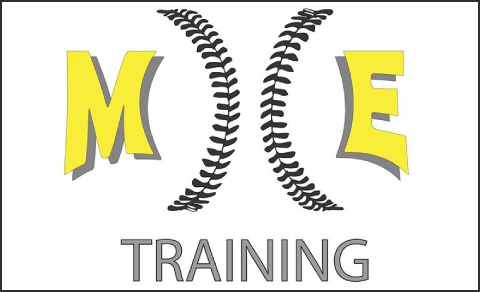Some people might tell you that speed cannot be taught. Some people might tell you that it’s just “genetics” and that’s why you’re not quick enough.
What I’m here to tell you is that these are some of the BIGGEST myths in regards to athletic development.

If speed/quickness is an athletic quality, can’t it be trained like everything else? The answer is yes, and here is how.
Acceleration Mechanics
When we look at elite-level sprinters, we can see that their acceleration may be the most important factor in their performance.

Linear acceleration occurs between the first 6-8 steps moving forward. If a sprinter cannot get as much distance as possible in those first few steps, that could be the difference between a win and a loss.
Whether you are a sprinter or not, you need to have good acceleration mechanics as an athlete. What do these mechanics even look like?
![]()
POSITIVE SHIN ANGLES
HEELS TUCKED, KNEE DRIVE
FORWARD TRUNK LEAN
ARM DRIVE
EAR TO POCKET MOVEMENT
EYES FORWARD, HEAD DOWN

No matter what sport you play, acceleration mechanics will be the same for every athlete. It is during this time where force production, and rate of force production, is absolutely critical.
When comparing our body to a high-performance race car, we like to refer our acceleration to the piston of the car engine.
The piston, when accelerating, drives in the same direction up and down in a linear fashion.

When the athlete is accelerating, the synchrony of all those body movements occur in a “piston-like” fashion, where everything is driving down and back into the ground.
Direction of Force Production
Where we see a lot of athletes missing out on their acceleration potential is with their direction of force production.
Referring to the acceleration mechanics listed from above, athletes must push down and back into the ground to then propel the rest of the body moving forward.
Within this force production, we want to direct this force through the balls of our feet. I’m sure you have heard this phrase before.
The “gas pedal” that leads to a powerful engine is from the mid-foot to the big toe.
The “brake pad” that stops/decelerates this powerful engine is from the mid-foot to the heel.
If an athlete is accelerating forward with the WHOLE foot striking the ground, this is similar to driving a car with your foot on the gas AND the brake at the same time. You’ll still be moving forward, but not to your full potential.
Now, to ask a simple question, how many feet are in contact with the ground when sprinting?
If you answered “one”, good for you. If you did not answer “one, keep reading!
If an athlete wants to become faster, he/she must be good at accelerating and decelerating on ONE foot! Sprinting is a constant acceleration and deceleration in a single-leg stance.

Top-End Speed Mechanics
When reaching top speed, mechanics change from being “piston-like” to “cyclical”.
Rather than the foot striking the ground down and back, the foot begins to “claw” the ground underneath the foot while the trunk becomes more upright.
The biggest mistake we typically see at ISP is athletes kicking the heel of the foot out too early, causing the foot to come out in front of the hip, which will begin the slow the body down.
Not only will this slow your body down, but it could eventually lead to a lot of lower back pain because that’s where most of the force will dissipate to!
One of the most important variables for top-end speed mechanics is making sure that the knees are even with one another at ground strike.
The Speed Academy
Now that we understand the mechanical end of sprinting, it’s time to put it to practice!
The best way to practice sprinting mechanics is to SPRINT! There’s no magical formula.
But, now what? Is there a program that could help you with your technique and get you faster in 8 weeks?
Luckily for you, we hold a very popular Speed Academy in the Fall! You don’t want to miss out on getting faster! You know as they say, SPEED KILLS!
In the speed academy, we go over:
– Acceleration Mechanics
– Deceleration Mechanics
– Lateral Speed and Agility
– Front Side vs. Back Side Mechanics
– Sport Specific Speed
– Chaotic Change of Direction!















